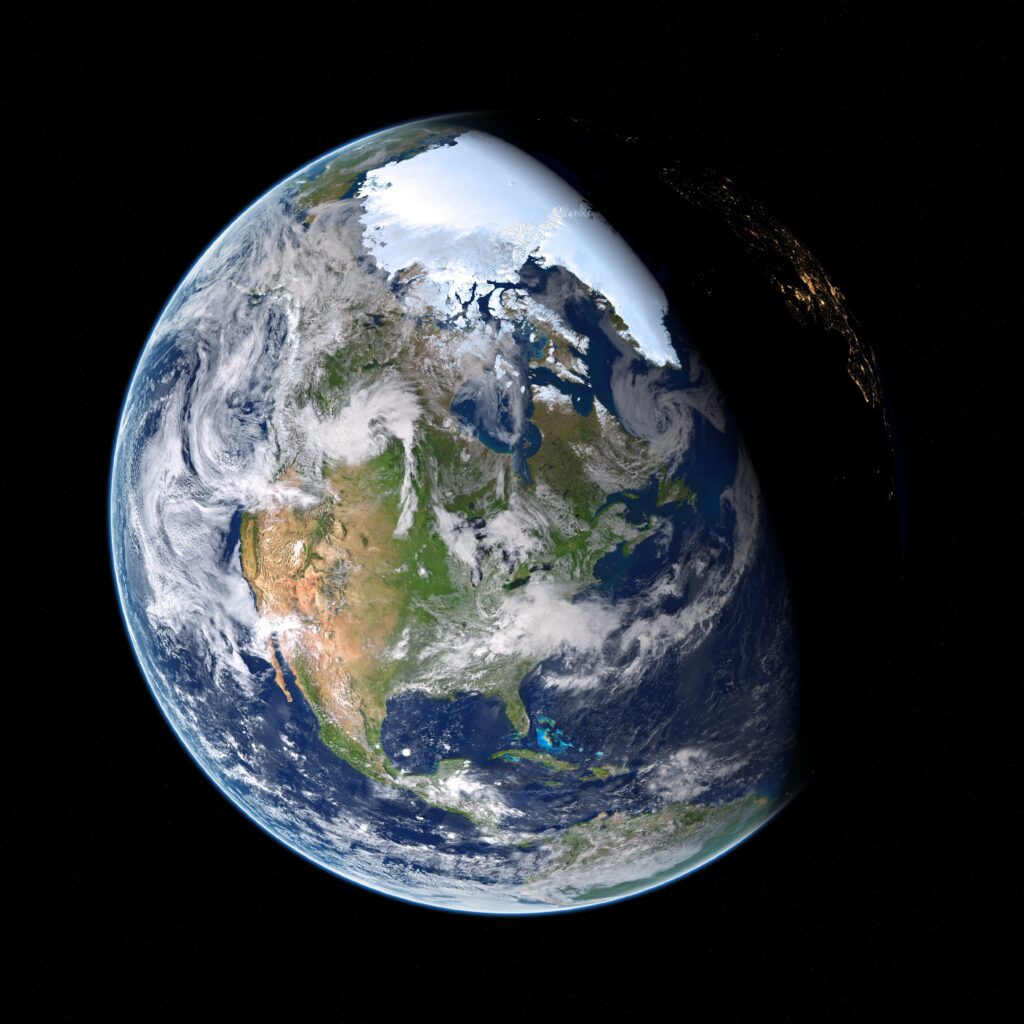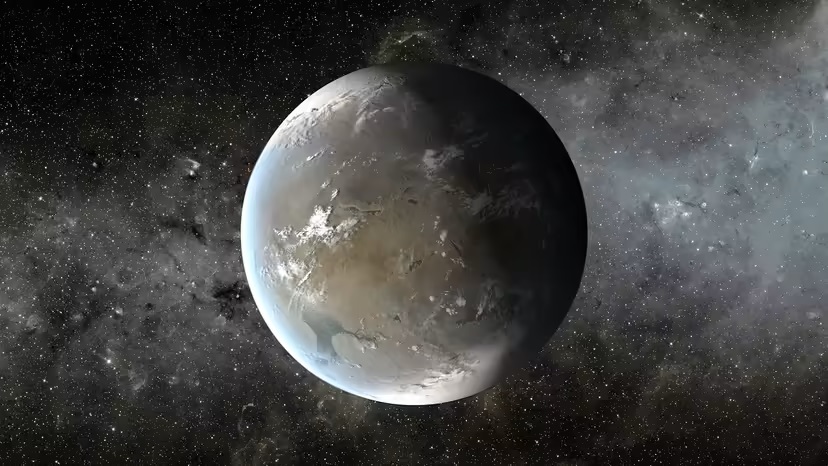In a few years, NASA will launch a new generation of space observatory, expanding its search for exoplanets and rogue planets with the Nancy Grace Roman Space Telescope.
According to the latest research, the telescope, which is expected to launch between October 2026 and May 2027, will have the ability to spot 400 such rogue planets, which are anticipated to have size comparable to the mass of the Earth.
Other than their mass, it is unknown if these planets will resemble Earth in any other ways. The evolution, formation, and disruption of planetary systems may become clearer if scientists have a better grasp of these rogue planets.
The Hubble Space Telescope’s name has been preserved in honor of Nancy Grace Roman, the organization’s first director of astronomy and the “mother of the Hubble Space Telescope.”
David Bennett, a senior research scientist and co-author of two publications at NASA’s Goddard Space Flight Center in Greenbelt, Maryland, stated that “we estimate that our galaxy is home to 20 times more rogue planets than stars – trillions of worlds wandering alone.”
“This is the first measurement of the number of rogue planets in the galaxy that is sensitive to planets less massive than Earth,” he continued.
The research team’s conclusions come from a nine-year investigation known as MOA (Microlensing Observations in Astrophysics), which was carried out at the Mount John University Observatory in New Zealand.
Takahiro Sumi, a professor at Osaka University and the paper’s lead author, claimed that microlensing was the only method for discovering things such as low-mass free-floating planets and even primordial black holes. He continued, “Using gravity to find something we could never hope to see directly is incredibly fascinating.

Miniature planets
In a few decades, NASA has found both the 5,300 planets outside of our solar system and the worlds in it. Most of these newly discovered worlds are either enormously large, or very close to their host star, or both.
The team’s data, however, indicated that rogue planets are often small in size. According to Sumi, “we discovered that Earth-sized rogues are more prevalent than more massive ones.” He continued, “The disparity between the average masses of star-bound and free-floating planets offers a key to understanding planetary formation procedures.
Find secret worlds.
Once it is operational in May 2027, the Roman telescope will use the extremely uncommon microlensing technique to detect lonely planets.
Roman, which will view from space, “will be sensitive to even lower-mass rogue planets,” said Naoki Koshimoto, who lead the article. Roman’s vast field of view and acute vision will enable us to investigate the things it discovers in greater detail than we can accomplish with merely ground-based telescopes, which is an exciting prospect, the astronomer continued.

